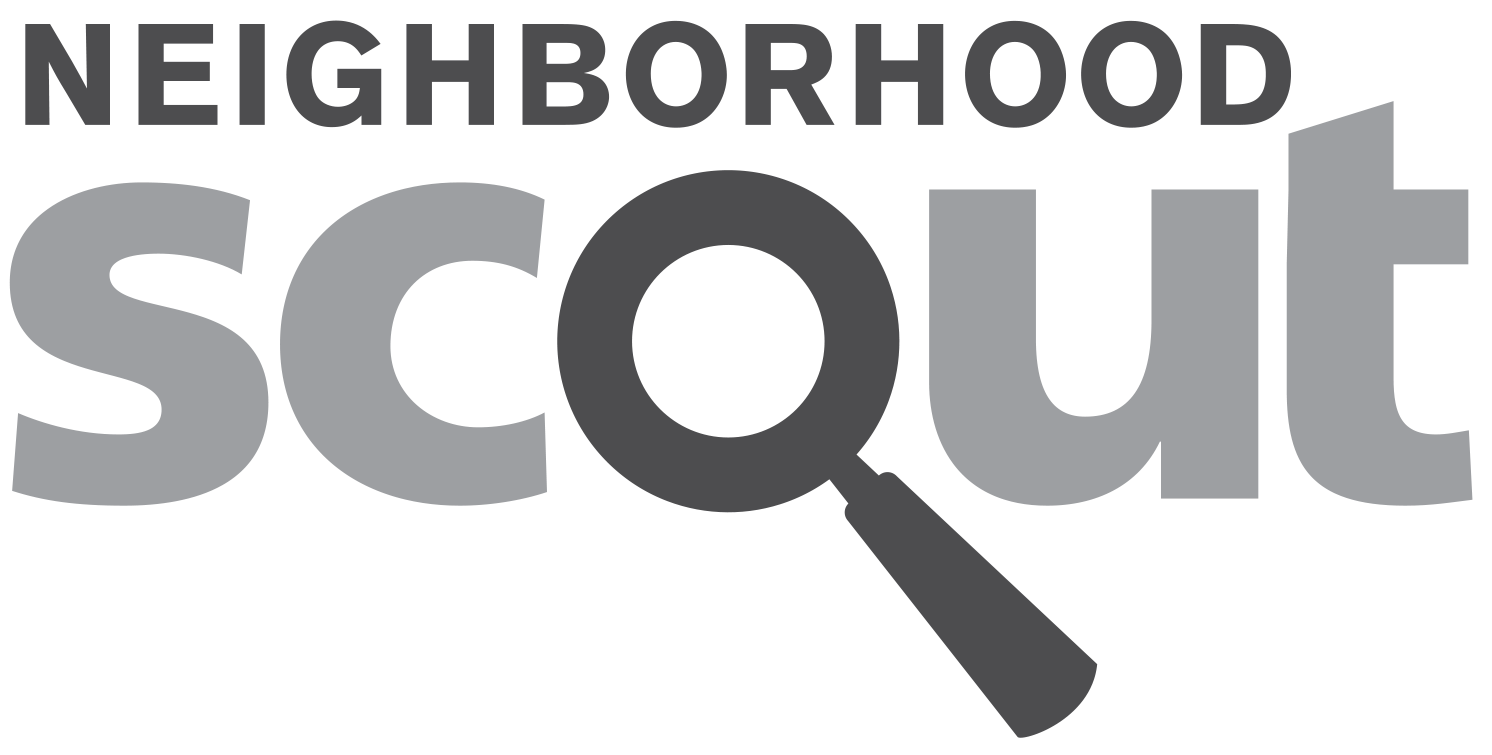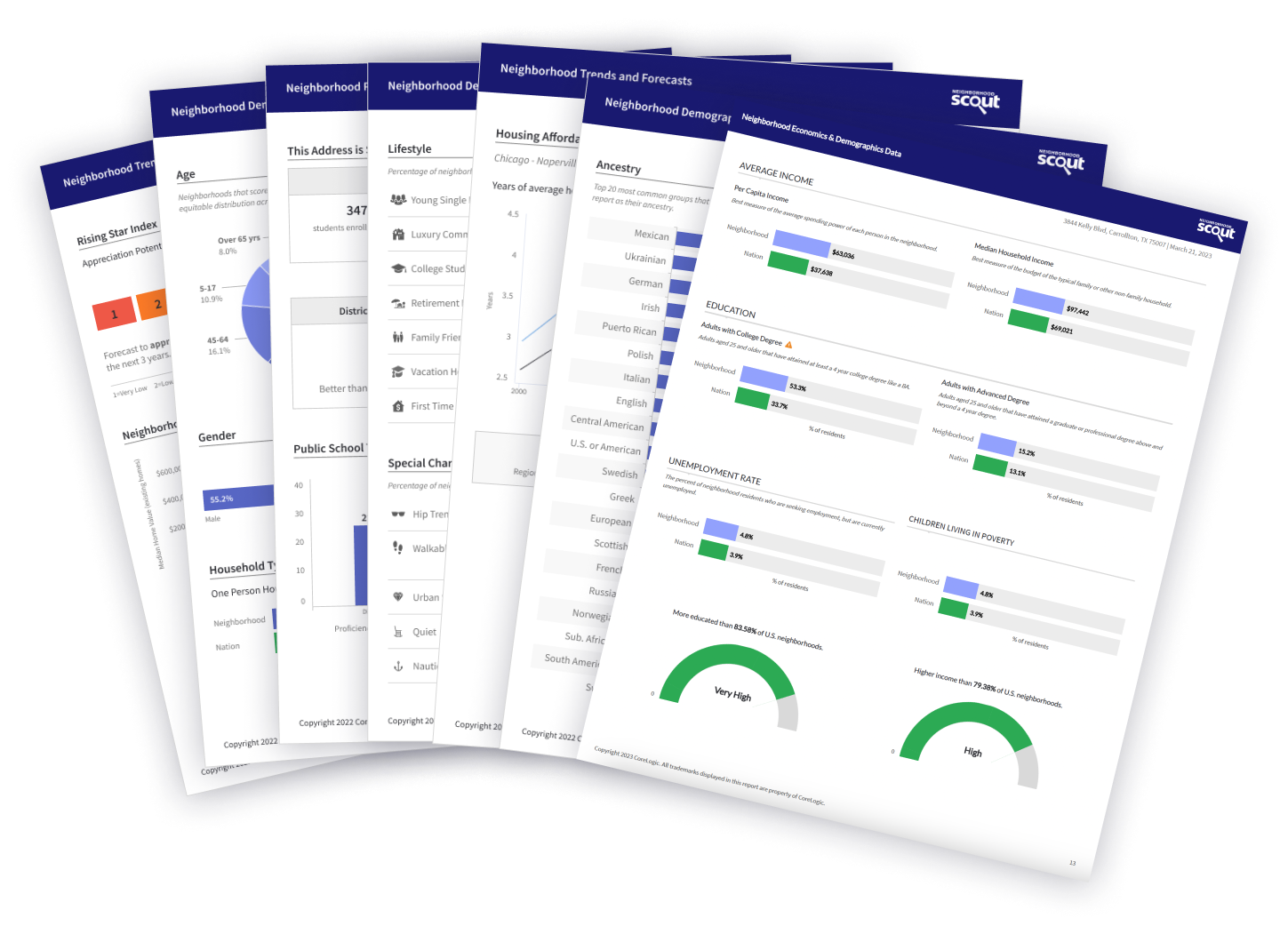Dyker Heights median real estate price is $1,120,355, which is more expensive than 77.0% of the neighborhoods in New York and 92.2% of the neighborhoods in the U.S.
The average rental price in Dyker Heights is currently $3,749, based on NeighborhoodScout's exclusive analysis. The average rental cost in this neighborhood is higher than 67.9% of the neighborhoods in New York.
Dyker Heights is a densely urban neighborhood (based on population density) located in Brooklyn, New York.
Dyker Heights real estate is primarily made up of medium sized (three or four bedroom) to small (studio to two bedroom) small apartment buildings and townhomes. Most of the residential real estate is occupied by a mixture of owners and renters. Many of the residences in the Dyker Heights neighborhood are relatively historic, built no later than 1939, and in some cases, quite a bit earlier. A number of residences were also built between 1940 and 1969.
Home and apartment vacancy rates are 8.2% in Dyker Heights. NeighborhoodScout analysis shows that this rate is lower than 47.1% of the neighborhoods in the nation, approximately near the middle range for vacancies.
The way a neighborhood looks and feels when you walk or drive around it, from its setting, its buildings, and its flavor, can make all the difference. This neighborhood has some really cool things about the way it looks and feels as revealed by NeighborhoodScout's exclusive research. This might include anything from the housing stock to the types of households living here to how people get around.
The Dyker Heights neighborhood is very densely populated compared to most U.S. neighborhoods. In fact, with 46,899 persons per square mile in the neighborhood, it is more packed with people than 98.3% of the nation's neighborhoods. Being a walkable neighborhood can help increase property values for the simple reason that people enjoy it and value it. To put it plainly, despite our love affair with the automobile, American's enjoy taking to the streets, sidewalks, paths, and courtyards of a place to get a coffee, relax, and take in the sights and sounds. And, according to NeighborhoodScout's exclusive and first quantitative walkable score index, the Dyker Heights neighborhood is one of the most walkable neighborhoods in America.
In addition, if you love row houses and attached homes, you will probably really like the Dyker Heights neighborhood. The ambiance, the charm, of row houses is something special. And in sheer abundance of row houses, this neighborhood truly stands out. The real estate here has a higher proportion of row houses and attached homes than nearly any neighborhood in America. In fact, 40.1% of the residential real estate here is classified as row houses and attached homes.
Furthermore, do you watch 'This Old House' on Public Television? Do you love the idea of fixing up a Colonial or Victorian era home, complete with the charm of yesteryear? Do you like to stroll or drive streets lined with gracious older residences? If you found yourself nodding yes to any of these questions, you are going to be interested in this unique neighborhood. The Dyker Heights neighborhood stands out on a national scale for the sheer concentration of historic residences it contains: 72.5% of the residential real estate here was built from 1939 or earlier, some much earlier. This is a greater concentration of historic homes than 98.9% of the neighborhoods in the United States.
If you like to ride the train to work, this neighborhood may be for you. NeighborhoodScout's research revealed that 32.5% of the Dyker Heights neighborhood's commuters ride the train to and from work each day, which is more than we found in 98.3% of America's neighborhoods.
Also, if your dream is to be able to ride your bike to work each day, look no further than this unique neighborhood. With 4.4% of residents in the Dyker Heights neighborhood commuting on a bicycle to and from work daily, this neighborhood has more bicycle commuters than 97.7% of all neighborhoods in the U.S., according to NeighborhoodScout's exclusive analysis.
Finally, our research revealed that more commuters here take the bus to work (15.0% ride the bus) than 97.3% of all American neighborhoods. If you like the idea of leaving your car and home and hopping the bus to work, this might be a good neighborhood for you to consider.
Regardless of the means by which residents commute, this neighborhood has a length of commute that is notable. Long commutes can be brutal. They take time, money, and energy, leaving less of you for yourself and your family. The residents of the Dyker Heights neighborhood unfortunately have the distinction of having, on average, a longer commute than most any neighborhood in America. 12.3% of commuters here travel more than one hour just one-way to work. That is more than two hours per day. This percentage with two-hour + round-trip commutes is higher than NeighborhoodScout found in 97.4% of all neighborhoods in America.
American households most often have a car, and regularly they have two or three. But households in the Dyker Heights neighborhood buck this trend. 21.4% of the households in this neighborhood don't own a car at all. This is more carless households than NeighborhoodScout found in 95.6% of U.S. neighborhoods.
Did you know that the Dyker Heights neighborhood has more Arab and Asian ancestry people living in it than nearly any neighborhood in America? It's true! In fact, 7.7% of this neighborhood's residents have Arab ancestry and 43.1% have Asian ancestry.
Dyker Heights is also pretty special linguistically. Significantly, 4.2% of its residents five years old and above primarily speak Greek at home. While this may seem like a small percentage, it is higher than 99.9% of the neighborhoods in America.
Do you like to be surrounded by people from all over the country or world, with different perspectives and life experiences? Or do you instead prefer to be in a neighborhood where most residents have lived there for a long time, creating a sense of cohesiveness? NeighborhoodScout's analysis reveals that this neighborhood stands out among American neighborhoods for the uniqueness of the mobility of its residents. What is interesting to note, is that the Dyker Heights neighborhood has a greater percentage of residents born in another country (46.0%) than are found in 96.4% of all U.S. neighborhoods.
How wealthy a neighborhood is, from very wealthy, to middle income, to low income is very formative with regard to the personality and character of a neighborhood. Equally important is the rate of people, particularly children, who live below the federal poverty line. In some wealthy gated communities, the areas immediately surrounding can have high rates of childhood poverty, which indicates other social issues. NeighborhoodScout's analysis reveals both aspects of income and poverty for this neighborhood.
The neighbors in the Dyker Heights neighborhood in Brooklyn are upper-middle income, making it an above average income neighborhood. NeighborhoodScout's exclusive analysis reveals that this neighborhood has a higher income than 70.0% of the neighborhoods in America. With 17.3% of the children here below the federal poverty line, this neighborhood has a higher rate of childhood poverty than 64.4% of U.S. neighborhoods.
The old saying "you are what you eat" is true. But it is also true that you are what you do for a living. The types of occupations your neighbors have shape their character, and together as a group, their collective occupations shape the culture of a place.
In the Dyker Heights neighborhood, 40.4% of the working population is employed in executive, management, and professional occupations. The second most important occupational group in this neighborhood is sales and service jobs, from major sales accounts, to working in fast food restaurants, with 23.6% of the residents employed. Other residents here are employed in manufacturing and laborer occupations (19.3%), and 16.6% in clerical, assistant, and tech support occupations.
Languages
The languages spoken by people in this neighborhood are diverse. These are tabulated as the languages people preferentially speak when they are at home with their families. The most common language spoken in the Dyker Heights neighborhood is English, spoken by 40.3% of households. Other important languages spoken here include Chinese, Spanish, Italian and Greek.
Ethnicity / Ancestry
Culture is the shared learned behavior of peoples. Undeniably, different ethnicities and ancestries have different cultural traditions, and as a result, neighborhoods with concentrations of residents of one or another ethnicities or ancestries will express those cultures. It is what makes the North End in Boston so fun to visit for the Italian restaurants, bakeries, culture, and charm, and similarly, why people enjoy visiting Chinatown in San Francisco.
In the Dyker Heights neighborhood in Brooklyn, NY, residents most commonly identify their ethnicity or ancestry as Asian (43.1%). There are also a number of people of Italian ancestry (14.4%), and residents who report South American roots (9.9%), and some of the residents are also of Arab ancestry (7.7%), along with some Irish ancestry residents (5.1%), among others. In addition, 46.0% of the residents of this neighborhood were born in another country.
Even if your neighborhood is walkable, you may still have to drive to your place of work. Some neighborhoods are located where many can get to work in just a few minutes, while others are located such that most residents have a long and arduous commute. The greatest number of commuters in Dyker Heights neighborhood spend between 45 minutes and one hour commuting one-way to work (32.1% of working residents), longer and tougher than most commutes in America.
Here most residents (32.5%) take the train to get to work. In addition, quite a number also drive alone in a private automobile to get to work (26.5%) and 15.0% of residents also ride the bus for their daily commute. This neighborhood is distinguished by the high number of residents who take the train to work each day, which can be a very good way to get to work at a lower cost and with less pollution.

